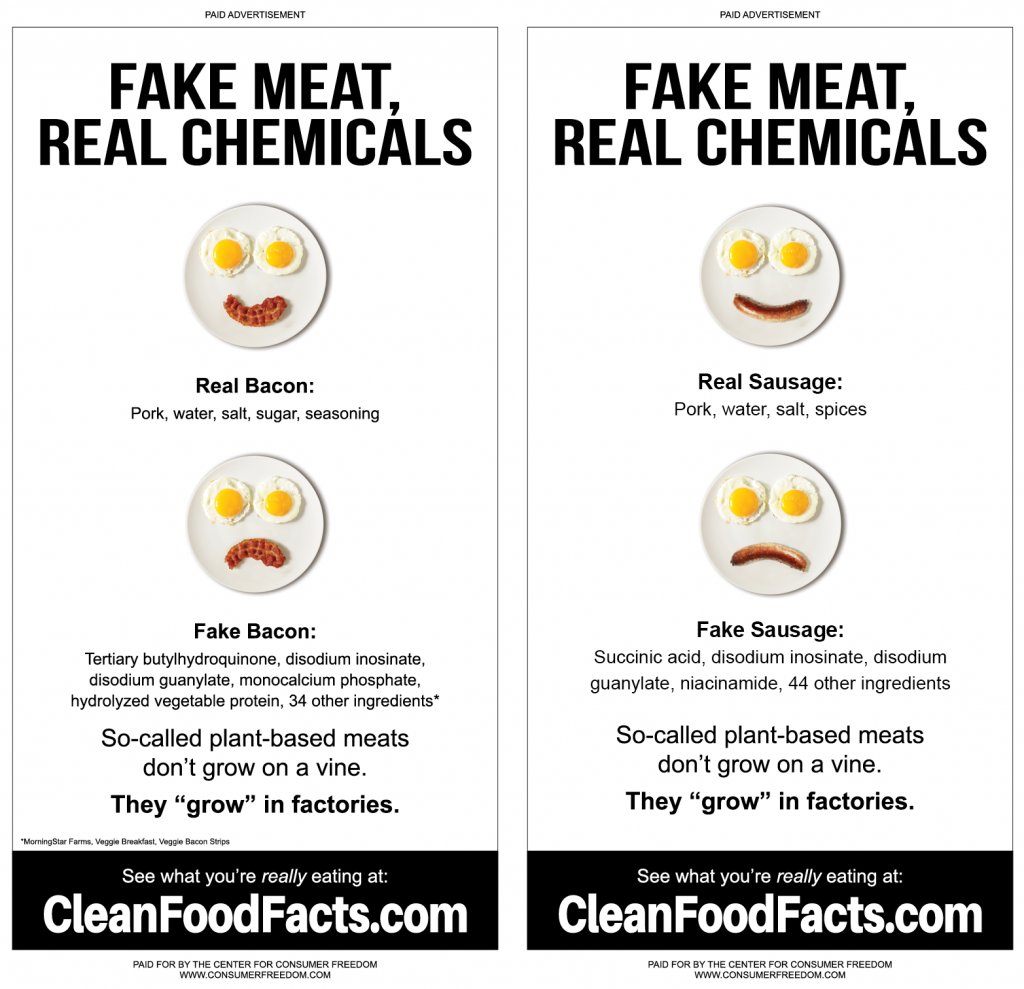In the world of competing brand names, marketing teams are always looking for an edge. But sometimes they go a little too far—and consumers usually get the short end of the stick. That’s the case with the newest food-marketer fad, replacing high fructose corn syrup (a sugar made from corn) with sucrose (a sugar from beets or cane). It’s all a sideshow, of course, because the two kinds of sugar are nutritionally the same. High fructose corn syrup has simply been stigmatized more in the media. And unfairly so.
Who’s pushing this silly sugar swap? Starbucks made the switch in its baked goods. And now we’ve noticed that Nesquik chocolate syrup is also advertising that it doesn’t use high fructose corn syrup. But guess what? It never had any in the first place.
If that doesn’t show you how ridiculous the sweetener wars are becoming, consider this: Some companies have attempted to label ordinary table sugar as “evaporated cane juice” in their products. The hope is that by giving sugar another (more obscure) name, its presence in foods will be hidden and consumers will imagine a sort of “health halo” in their minds. The Food and Drug Administration doesn’t think this latest ploy is very sweet. The agency issued a draft guidance last year indicating that “evaporated cane juice” is just a tricky phrase for sugar, and that using it gives the wrong impression about what the ingredient actually is.
With all this creative wordsmithing by marketers, it’s easy for consumers to forget that … well, sugar is sugar. And lest we all forget, chocolate syrup is hardly a health food in the first place—no matter which kind of sugar makes it tasty.




